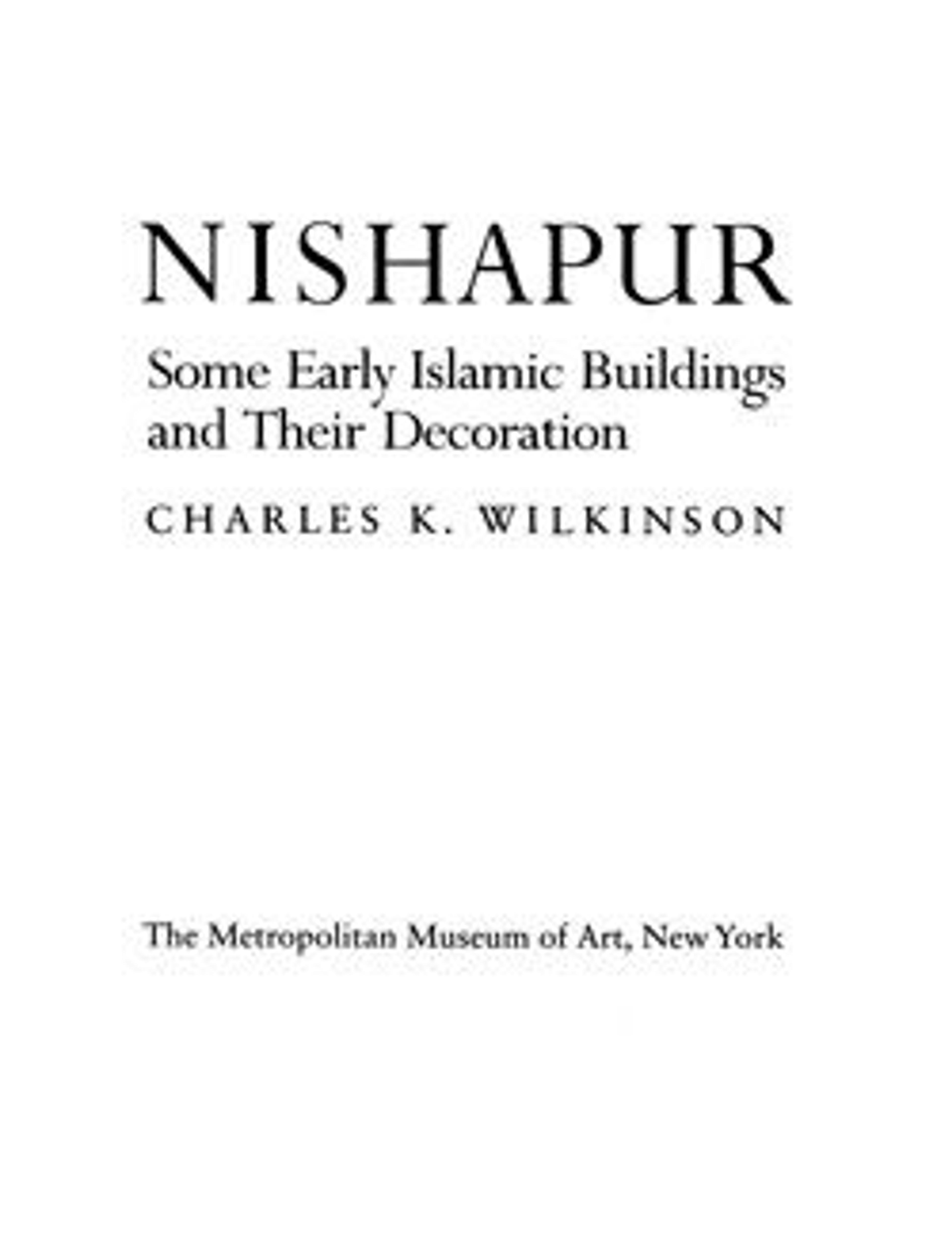Dado Panel
This cast was taken from a carved stucco panel at Nishapur from a mound known as Sabz Pushan (the Green Covered). Excavations at Sabz Pushan revealed part of a residential neighborhood with several houses and an alleyway.
Originally employed on the jamb of a door, this panel speaks to the extent to which surfaces in the building were decorated, even those that were barely visible. The motif was carefully chosen to fit the architectural element that the panel covered. It consists of a vine ending in half-palmette leaves that encapsulate an arrow-shaped blossom. It draws the eye upward, and while only a meter of the wall was preserved, we can imagine the motif continuing all the way to the top of the jamb.
Originally employed on the jamb of a door, this panel speaks to the extent to which surfaces in the building were decorated, even those that were barely visible. The motif was carefully chosen to fit the architectural element that the panel covered. It consists of a vine ending in half-palmette leaves that encapsulate an arrow-shaped blossom. It draws the eye upward, and while only a meter of the wall was preserved, we can imagine the motif continuing all the way to the top of the jamb.
Artwork Details
- Title:Dado Panel
- Date:20th century
- Geography:Excavated in Iran, Nishapur
- Medium:Plaster; cast
- Dimensions:H. 34 7/8 in. (88.6 cm)
W. 24 7/16 in. (62.1 cm)
D. 2 3/4 in. (7 cm)
Estimated weight: 90 lbs. - Classification:Reproductions
- Credit Line:Rogers Fund, 1937
- Object Number:37.40.44
- Curatorial Department: Islamic Art
More Artwork
Research Resources
The Met provides unparalleled resources for research and welcomes an international community of students and scholars. The Met's Open Access API is where creators and researchers can connect to the The Met collection. Open Access data and public domain images are available for unrestricted commercial and noncommercial use without permission or fee.
To request images under copyright and other restrictions, please use this Image Request form.
Feedback
We continue to research and examine historical and cultural context for objects in The Met collection. If you have comments or questions about this object record, please contact us using the form below. The Museum looks forward to receiving your comments.
